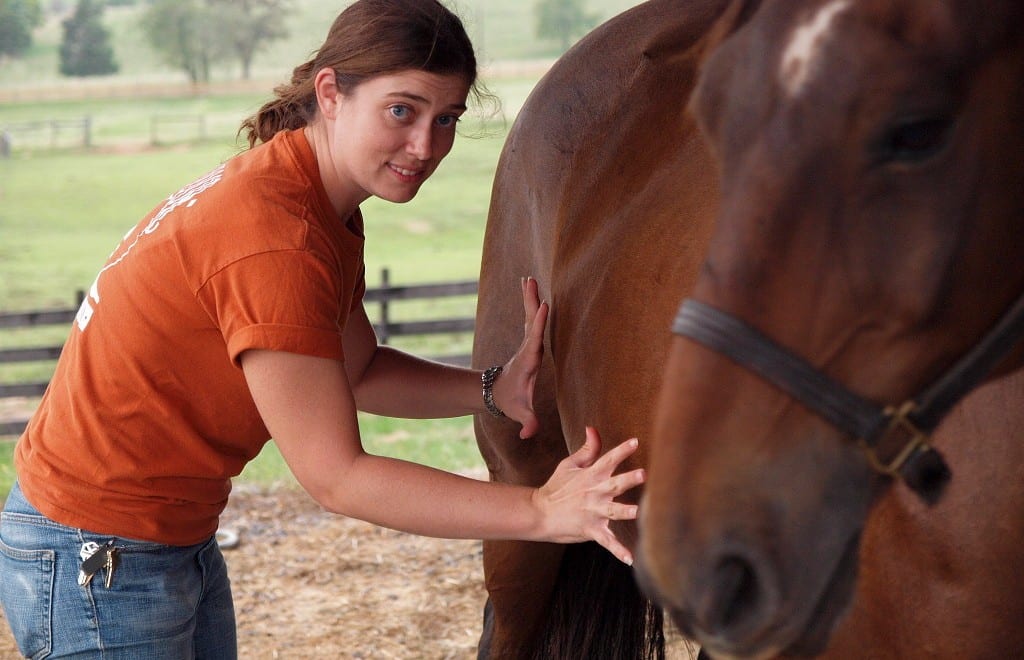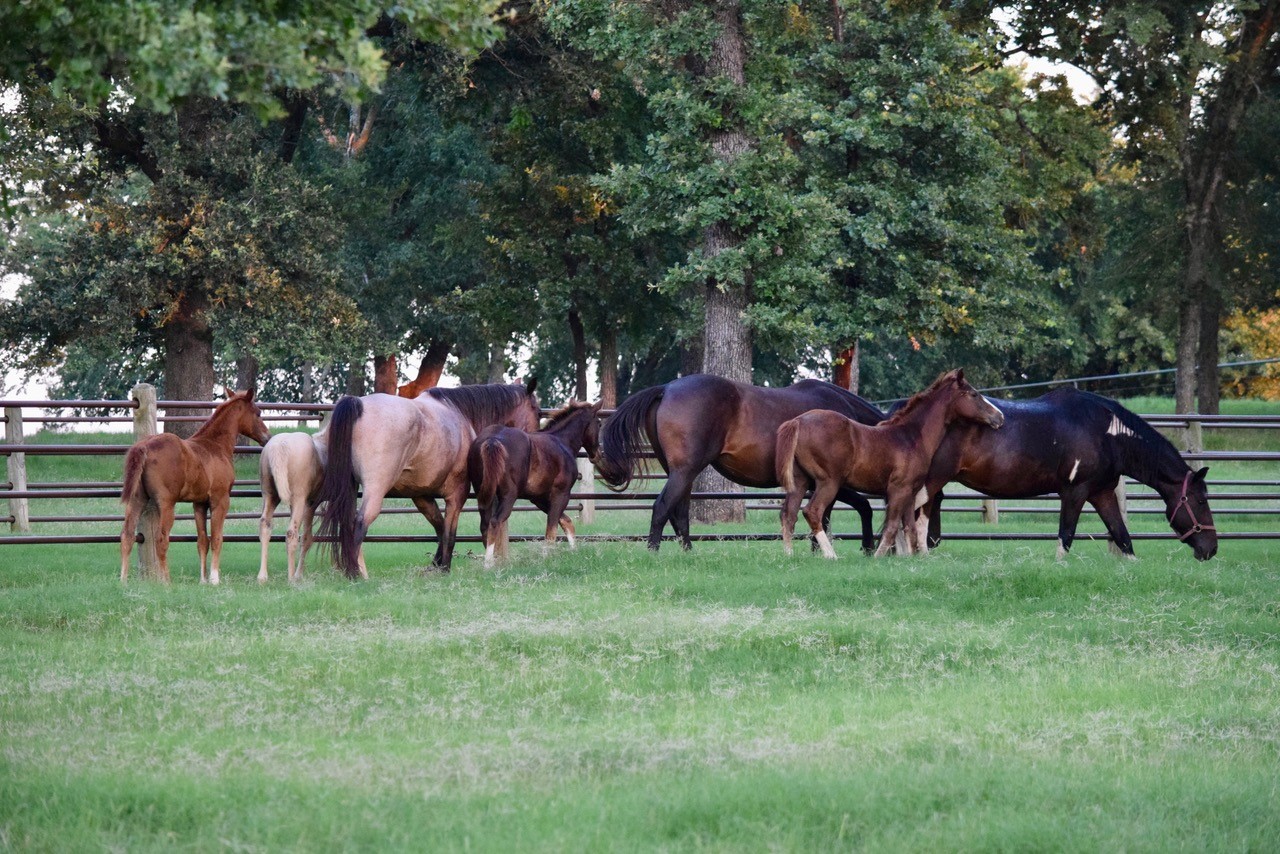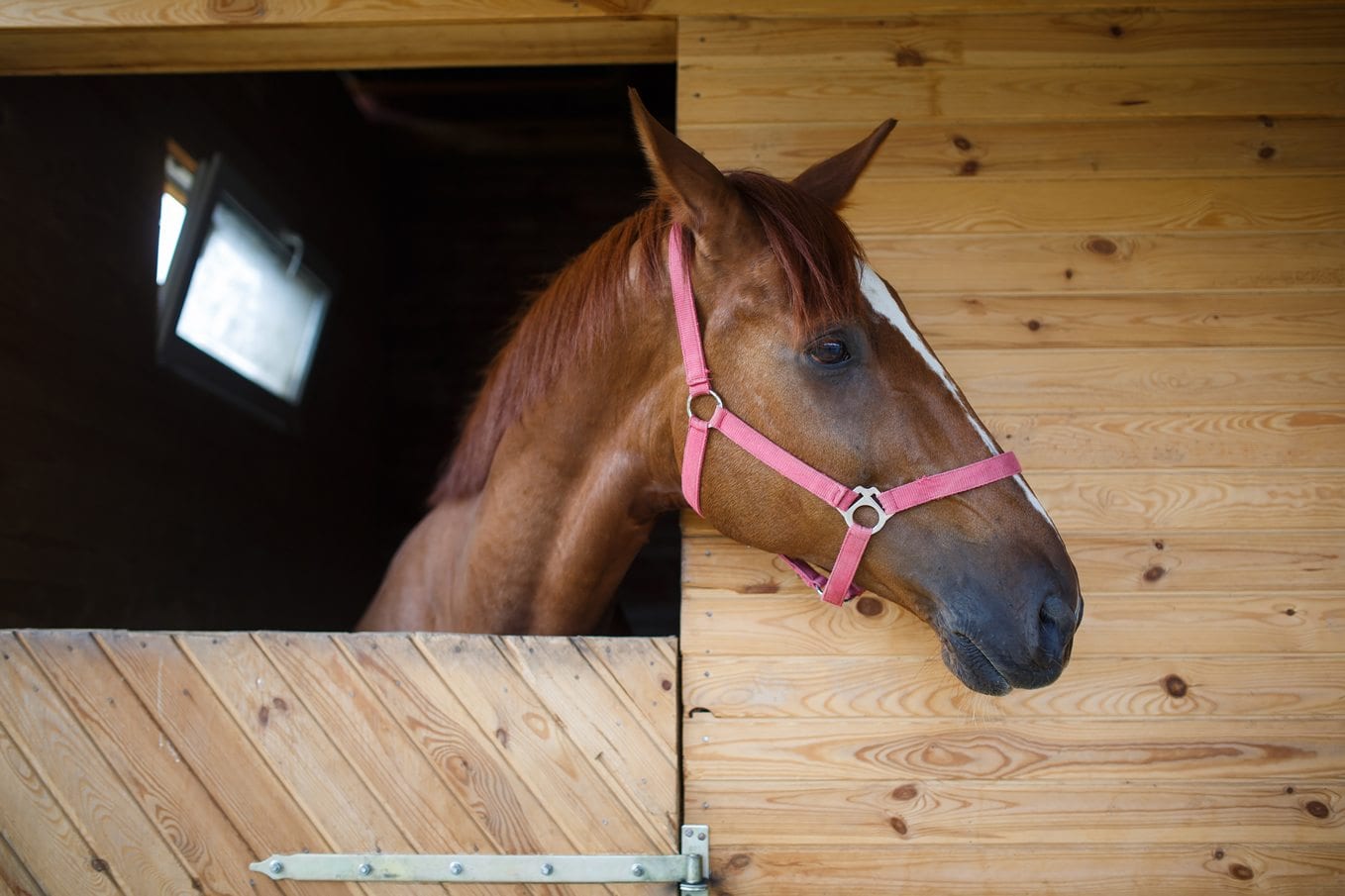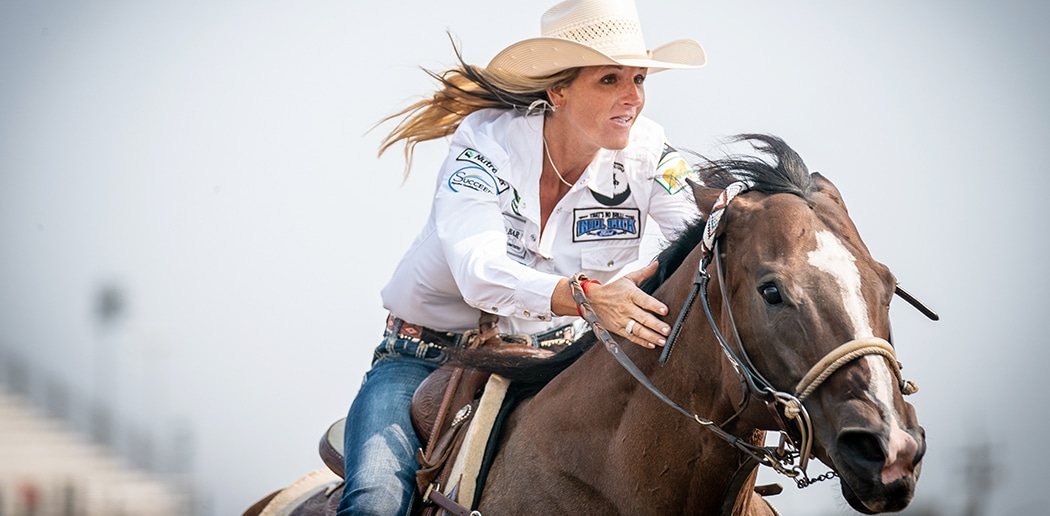 Pot bellies can afflict virtually any horse, not just ponies or senior pasture pets. When your gelding is looking more and more like he’s pregnant your first inclination may be to cut back his feed to encourage him to shed a few pounds.
But it’s a myth that reducing feed is the best remedy, or even a necessary one, for a pot bellied horse. A pot belly isn’t a fat problem, it’s actually a conditioning issue.
Pot bellies can afflict virtually any horse, not just ponies or senior pasture pets. When your gelding is looking more and more like he’s pregnant your first inclination may be to cut back his feed to encourage him to shed a few pounds.
But it’s a myth that reducing feed is the best remedy, or even a necessary one, for a pot bellied horse. A pot belly isn’t a fat problem, it’s actually a conditioning issue.
The Real Reason Horses Get “Pot-Bellied”
“Pot belly” is a commonly used term among horse people for a horse that looks bloated and full through the bottom half of its barrel. It makes the horse look a bit pear-shaped: narrow on top and wide underneath. But when a horse starts to gain too much weight, fat is typically deposited along the crest of the neck, behind the shoulders, over the ribs, and around the tail-head and croup – not its underline. A pot belly is not a sign of excess fat. Rather, it occurs as a result of two contributing factors:- Lack of condition, particularly along the top line.
- A diet with lots of forage.
Exercise to Reduce a Horse’s Pot Belly
While a pot belly is primarily cosmetic, it signals a lack of muscle conditioning along a horse’s topline that could lead to other health and lameness issues. The best way to get rid of a pot belly is good old fashioned exercise. Here are a few ways to concentrate on strengthening a horse’s topline in particular:- walking and trotting up hills
- working over ground poles, flat and elevated
- jumping
- transitions, transitions, transitions
- encourage your horse to move forward, engaging the hind end, and lifting the belly
- doing belly lifting exercises by pressing gently upward under the belly



